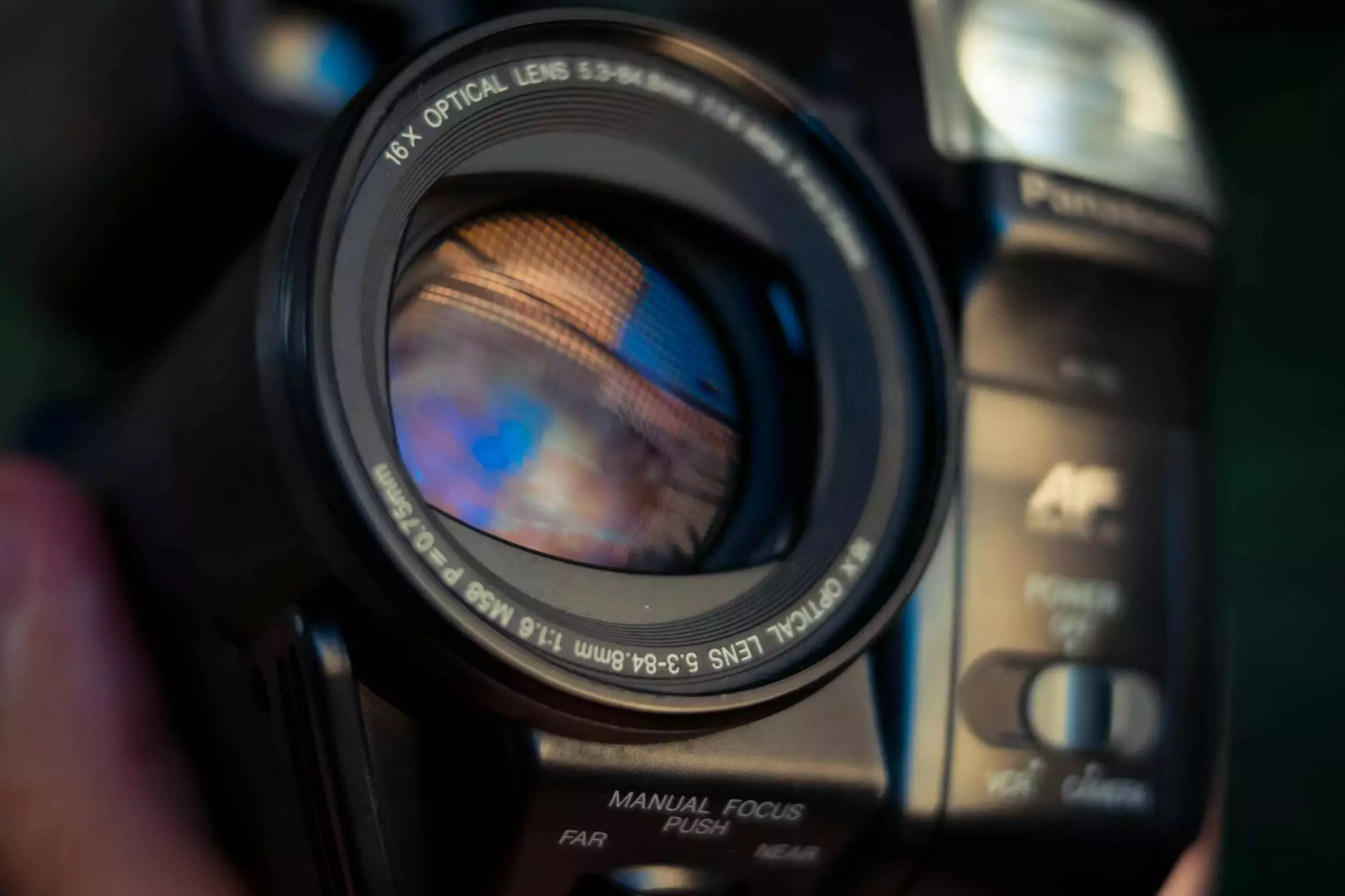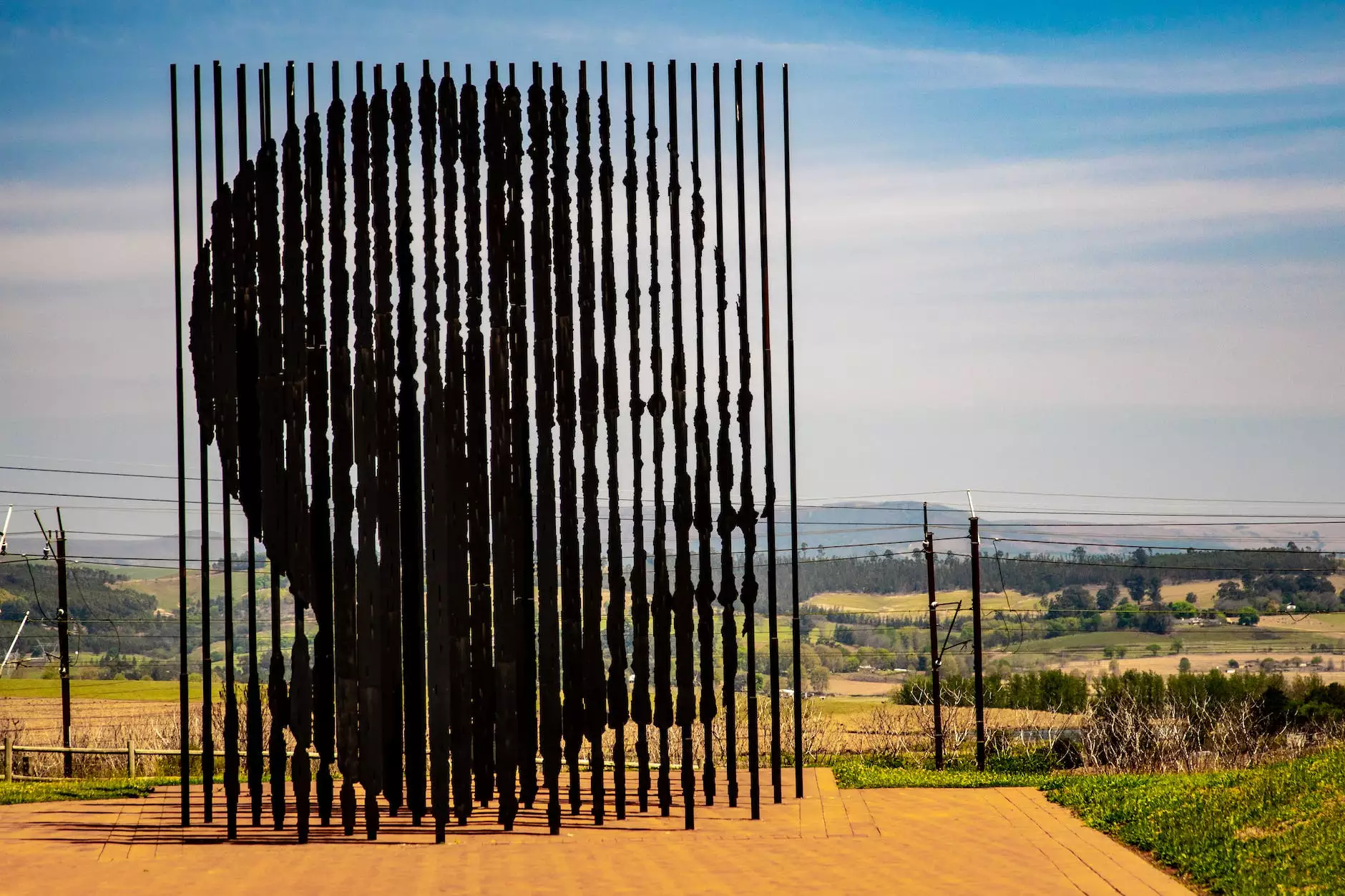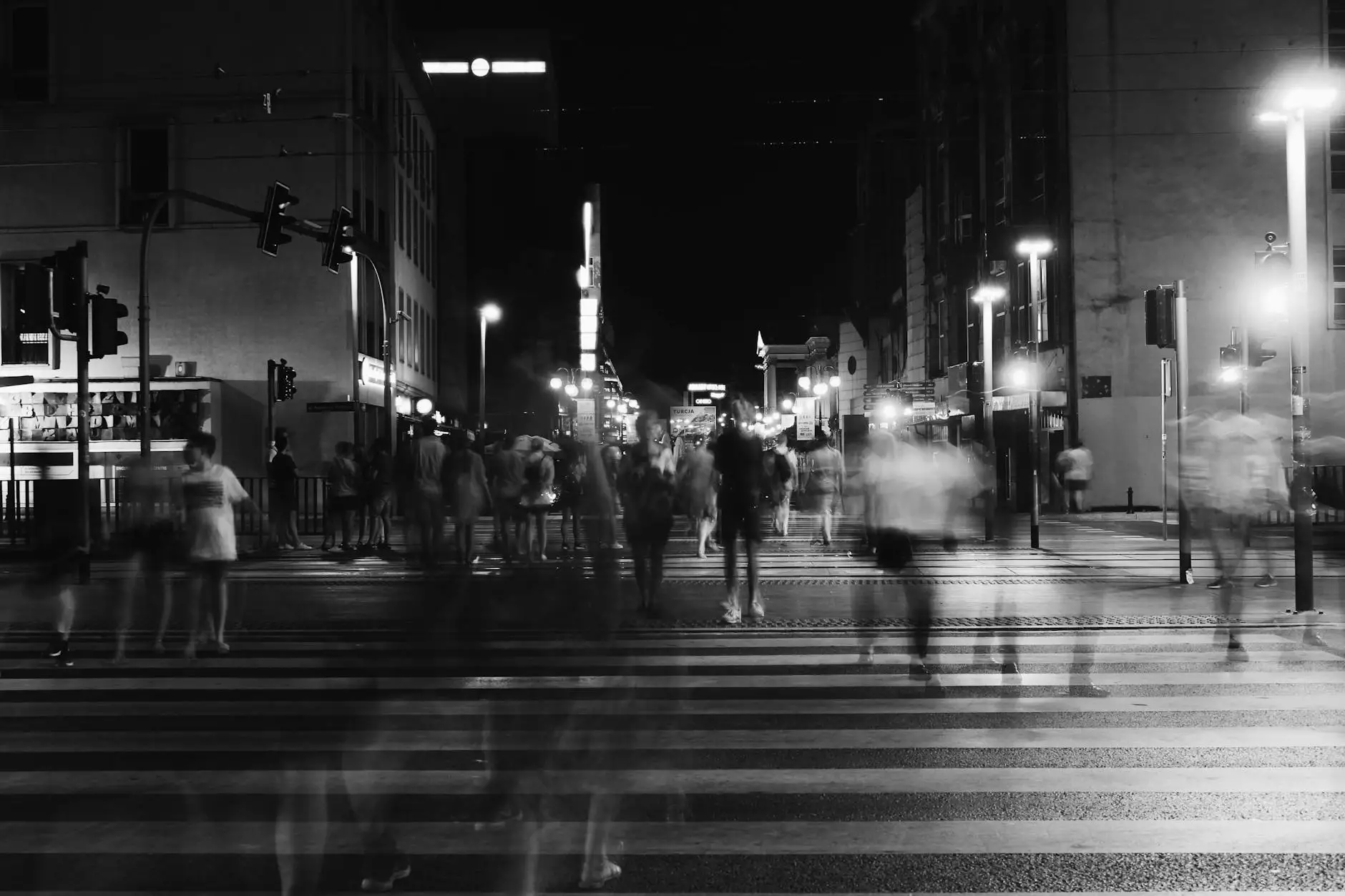Nam June Paik

The Visionary Artist
Welcome to the La Historia Society, a platform dedicated to exploring the power of art and its impact on the community and society. In this section, we invite you to delve into the life and works of the eminent artist, Nam June Paik.
A Pioneer in Modern Art
Nam June Paik, born on July 20, 1932, in Seoul, South Korea, is widely regarded as one of the most influential artists of the 20th century. He is recognized for his groundbreaking work in video art and his unique ability to fuse technology with artistic expression.
Paik's artistic journey began in the 1950s when he moved to Germany to study music and art history. It was during this time that he discovered his passion for avant-garde and experimental art forms. Paik was deeply influenced by the Fluxus movement, which emphasized the idea that art should be accessible to all and blur the boundaries between different art forms.
Throughout his career, Paik constantly pushed the boundaries of what art could be, exploring the transformative power of technology and the human connection to the digital world. His pioneering use of video as a medium allowed him to create immersive installations that challenged traditional notions of art.
Revolutionizing Art with Technology
Paik's innovative use of technology in art earned him worldwide recognition. He is often referred to as the "father of video art," as he was one of the first artists to incorporate television and video into his artistic practice.
One of Paik's most influential works is his 1963 piece, "Exposition of Music – Electronic Television." It consisted of several television sets, manipulated to display distorted images, creating a visually striking and thought-provoking experience for the viewer. This groundbreaking installation revolutionized the art world, as it challenged traditional modes of communication and engaged with the influence of mass media.
Another iconic work by Paik is "TV Buddha" (1974), which explored the relationship between technology and spirituality. The installation featured a Buddha statue positioned in front of a television, creating a mesmerizing juxtaposition of ancient wisdom and modern technology.
An Artistic Legacy
Nam June Paik's impact on the art world extends beyond his own artistic achievements. He inspired and influenced countless artists, paving the way for the development of new media art. His commitment to innovation and his ability to bridge the gap between art, technology, and society continue to inspire future generations of artists.
Paik's work has been exhibited in renowned galleries and museums worldwide, including the Museum of Modern Art (MoMA) in New York, Tate Modern in London, and the National Museum of Modern and Contemporary Art in Seoul. His legacy lives on through his artworks, which continue to captivate audiences and provoke contemplation.
In Conclusion
Discover the remarkable artistic journey of Nam June Paik, an artist who challenged conventions and reshaped the art world with his visionary approach. At La Historia Society, we celebrate his contributions to the field of community and society, and we invite you to explore the profound impact of his work. Join us in embracing the transformative power of art!









